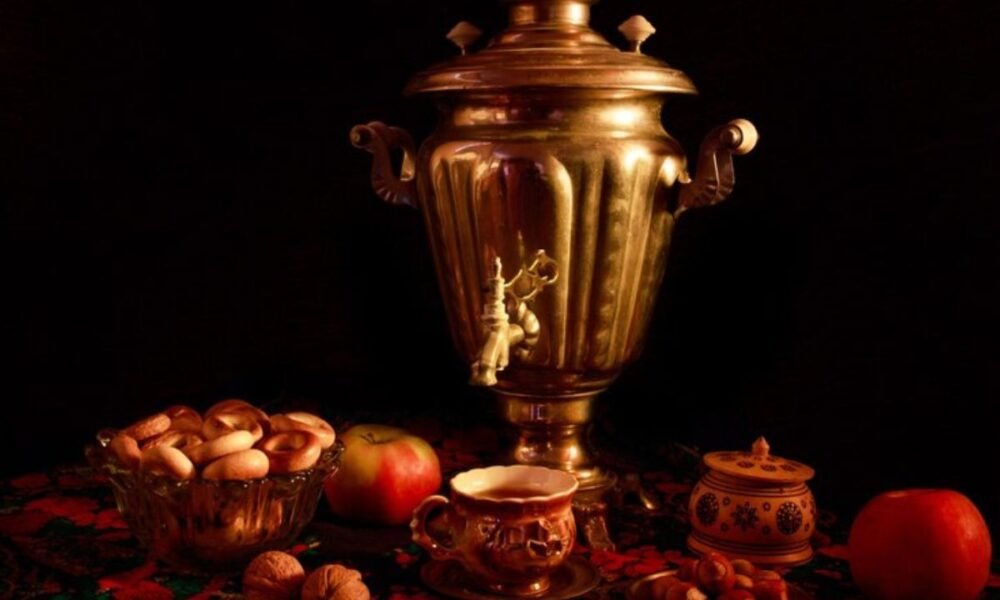Some cultural traditions and symbols have stood the test of time, passing on tales of perseverance, identity, and tradition from one generation to the next. In particular, Käätjä exemplifies the enduring values and practices that have persisted through the ages. Explore the origins, evolution, traditional importance, modern adaptations, and problems of Käätjä in this essay that digs into its rich tapestry.
Origins and History
Early Beginnings
The origins of Käätjä can be traced to mystical stories and ancestral worship, which are firmly ingrained in the mythology and ceremonies of ancient civilizations. Researchers think that the Northern regions, with their fertile soils and reverence for environment, were the birthplace of Käätjä, a practice that aimed to bring people into harmony with the elements.
Cultural Significance
Beyond its superstitious roots, Käätjä has deep cultural importance that permeates both everyday life and the changing of the seasons. It was believed that by calling upon its abilities, one may bring good fortune, safety, and benefits from the spiritual realm into their physical lives.
Evolution Over Time
Adapting to shifting societal mores and new ways of thinking, Käätjä transformed through the years. Its mystique has been deepened through the years as it has developed from a simple folk tradition into an intricate web of rituals, social celebrations, and symbolic activities.
Traditional Uses and Practices
Role in Rituals and Ceremonies
Symbolizing fertility, rebirth, and the cyclical aspect of life, Käätjä played an integral role in traditional rituals and initiation rites. Every facet of communal life was touched by it, whether through elaborate ceremonies or plain displays of respect.
Medicinal Applications
In addition to its religious significance, Käätjä was highly regarded in traditional medicine for its supposed medicinal benefits. Believed to have curative and elixir-like properties, herbalists and healers blended elixirs and potions with Käätjä.
Culinary Importance
In the world of fine dining, Käätjä was a secret ingredient that elevated dishes to new heights, pleasing both foodies and experts. In traditional cuisine, it lent complexity and personality to sweets and savory dishes alike, from fragrant stews to light desserts.
Modern Interpretations and Innovations
Artistic Representations
Artists and craftspeople in the modern period have taken inspiration from Käätjä and used its images in their own works. Its ethereal charm has been immortalized in literature, sculpture, and painting, captivating readers and viewers around the globe.
Commercialization
The commercialization of Käätjä, however, has raised questions about the authenticity and cultural integrity of the song. It used to be a sacred emblem of cultural history, but now its commercialization and mass manufacture have watered it down, turning it into just another product for sale.
Global Impact
In spite of everything that has happened, Käätjä has overcome all obstacles and is now having an impact all over the world. Traditional folklore and indigenous customs have seen a revival due to their captivating nature, which has enchanted both fans and experts.
Challenges and Conservation Efforts
Threats to Traditional Practices
The preservation of traditional Käätjä practices is gravely threatened by the fast-paced industrialization and urbanization. The Käätjä traditions are in danger of becoming extinct as the younger generation moves further and further away from their cultural origins, wiping off centuries of knowledge and heritage in the process.
Environmental Concerns
The ecosystems that support Käätjä are also in grave danger from human-caused environmental degradation and global warming. The plants and animals needed for its rituals are threatened by deforestation, pollution, and habitat loss, which puts the fragile equilibrium between humans and nature at risk.
Initiatives for Preservation
In light of these difficulties, conservation efforts and grassroots initiatives have arisen to promote the maintenance and revival of traditional Käätjä ways of life. To ensure that their cultural traditions are preserved for the benefit of future generations, community-led programs place an emphasis on raising awareness, educating the public, and managing resources in a sustainable way.
Future Prospects and Outlook
The future of Käätjä is both promising and uncertain as we go through the modern world’s intricacies. We can make sure that Käätjä’s legacy lives on and continues to enlighten us with its spiritual resonance and ageless wisdom by welcoming innovation while respecting tradition.
Conclusion
Finally, Käätjä is a powerful symbol of our need to honor our past and the bonds we have with the natural world. Our duty as custodians of this age-old custom is to keep it alive and well so that it can encourage and uplift the generations that follow.
FAQ’s (Frequently Asked Questions)
- Q: What is the significance of Käätjä in traditional rituals?
Traditional ceremonies place great symbolic value on Käätjä, which stands for spiritual connection, fertility, and rejuvenation. - Q: Are there any scientific studies validating the medicinal properties of Käätjä?
Anecdotal evidence shows that Käätjä is effective in traditional medical practices, however scientific study on its therapeutic potential is minimal. - Q: How can individuals contribute to the preservation of Käätjä traditions?
By becoming more knowledgeable, getting involved in community-led projects, and fighting for sustainable resource management, individuals can help conservation efforts. - Q: What are some common misconceptions about Käätjä?
A frequent misunderstanding is that Käätjä is just a myth or superstition, ignoring its profound cultural and historical relevance. - Q: Is Käätjä practiced in specific regions, or is it a global phenomenon?
Although Käätjä has its roots in certain cultural settings, its meaning and impact have reached far beyond borders, captivating numerous populations around the globe.




